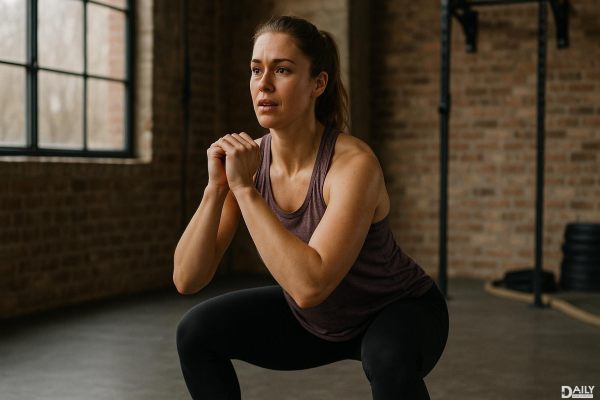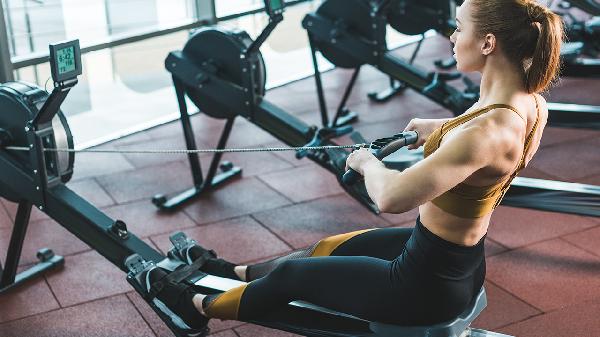So you want to learn how to do a handstand? Buckle up, buttercup—this isn’t just about flipping your world upside down for the ‘gram. Mastering a handstand is like unlocking a secret level in the game of fitness. It’s a full-body party where your arms, core, and balance all get VIP invites. And yeah, it’s tough. Gravity’s a relentless opponent, but with the right moves (and a little patience), you’ll be defying it like a boss. Here’s the lowdown on why handstands are worth the sweat and exactly how to work your way up to nailing one.
Why Handstands Are Worth the Hype
tightening everything up so you stand taller and steadier.
The Mental Game of Going Upside Down
Here’s the thing nobody tells you: handstands are as much a mental challenge as a physical one. "Being upside down forces you to see things differently—literally," says trainer Danielle Gray. It’s a perspective shift (pun intended) that can boost confidence and melt stress. Think about it: when was the last time you felt stressed while balancing on your hands? Exactly. It’s hard to worry about your inbox when you’re busy not face-planting. And every second you hold that inversion? That’s a win for your self-esteem. Handstands teach you to trust your body, embrace the wobbles, and celebrate small victories—skills that pay off way beyond the yoga mat.
Handstand Prep: The Non-Negotiables
Before you kick up into the wild blue yonder, there’s homework. Handstands demand strength, control, and a solid understanding of alignment. Gray’s golden rules? Stack your joints like a perfectly balanced Jenga tower—toes over knees over hips over shoulders over wrists. Spread your weight evenly across your palms (no dumping all the pressure on your wrists, unless you enjoy pain). And your gaze? Lock it between your hands like you’re staring down the final boss in a video game. Oh, and every muscle should be on duty. "A handstand isn’t passive," Gray emphasizes. "Squeeze your legs, press into the floor, and stretch tall like you’re trying to touch the ceiling with your toes." Slack off, and gravity will happily remind you who’s in charge.
Your Handstand Progression Roadmap
Newsflash: you can’t just Yeet yourself into a handstand on day one. (Trust us, we’ve seen the fails.) Instead, think of it like leveling up in a game—start with the tutorial mode and work your way to expert. First up: push-ups. Boring? Maybe. Essential? Absolutely. They build the shoulder and arm strength you’ll need to hold your weight. Next, graduate to pike push-ups (think downward dog but with more oomph). Then comes crow pose, the gateway drug to inversions. It teaches you to balance on your hands without fully committing to upside-down life. Once you’ve got that down, test the waters with a headstand or forearm stand—like training wheels for your handstand. Then? Wall drills. Start with facing the wall, kicking up gently, and getting comfy being vertical. Progress to back-to-wall holds, then experiment with shifting one leg away (the "split" phase) until—boom—you’re floating freestanding like a ninja.
The Mindset Hack: Embrace the Wobble
Here’s the real secret: nobody nails a handstand on the first try. Or the tenth. Even the pros eat mat occasionally. The key is to reframe the wobbles as feedback, not failure. Every time you bail, your body’s learning. Too far forward? Next time, lean back a smidge. Collapsing at the shoulders? That’s your cue to engage harder. And when you finally stick it? Pure magic. So chalk up your hands, clear some space, and remember: the journey to upside-down awesomeness is messy, hilarious, and totally worth it. Now go flip out—literally.
























